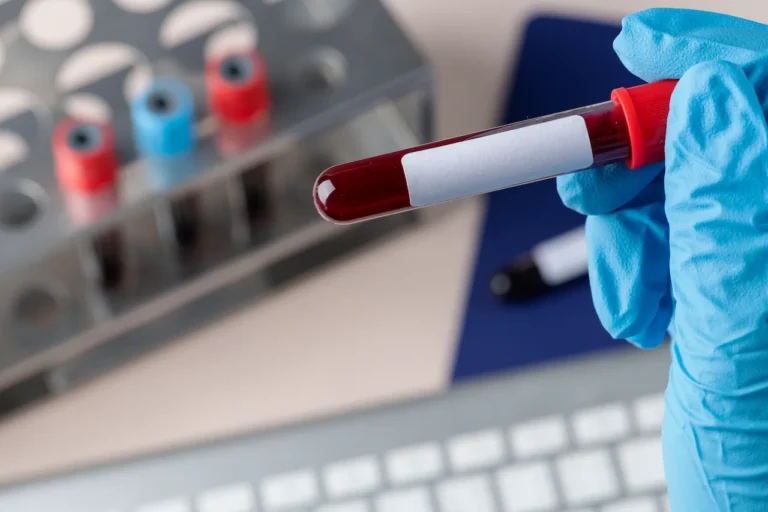Understanding lab values isn’t just academic—it’s a critical part of passing the certification exam. For OTR® and COTA® candidates, interpreting lab data is about more than knowing normal ranges. You’re expected to apply clinical reasoning quickly, especially when patient safety is on the line.
You may have covered this material during your coursework or fieldwork placements, but the exam requires a sharper lens:
What would you do if your patient has a platelet count of 12,000?
Can you justify when therapy is contraindicated versus when it can be safely modified?
At Pass the OT, we take these complex decisions and simplify them into test-ready strategies. Our structured study charts and quizzes train you to think like the exam wants you to think—so you don’t just memorize, you master it.
Interpreting Lab Values for the Exam
One of the most common misconceptions is that lab values are simple memorization—something you’ve already seen in school or during fieldwork.
In reality: the exam will challenge you to use those values in fast-moving clinical scenarios where safety, clinical reasoning, and therapy decisions hang in the balance.
In our member guide, we walk you through how to:
- Determine when therapy is contraindicated based on WBC, platelets, or electrolyte shifts
- Know the difference between deferring therapy vs. modifying it appropriately
- Recognize clinical patterns like anemia or polycythemia—and apply them to realistic test cases
Critical Lab Panels You’ll Be Tested On
Complete Blood Count (CBC)
This isn’t about reading numbers—it’s about interpreting them to make informed clinical calls. We show you how to break down key CBC components in the context of an OT decision-making scenario.
We help you master:
- Common contraindications based on lab values (e.g., low platelets, leukopenia)
- What constitutes a “normal” vs. “critical” range
- Red-flag symptoms like dizziness, dyspnea, or bruising that change your intervention
Quick Tip:
Knowing that platelets <10,000/μL is critical is one thing—but do you know whether you can still do AROM at 20,000? Or what kind of activity modification is appropriate at 50,000?
High RBC, Hemoglobin, Hematocrit – What It Means for OT Decisions
Ever wondered, “Why would my red blood cell count be high?” That’s the kind of reasoning the exam is testing. High counts can be a clue for polycythemia, dehydration, or high-altitude adaptation.
We explain:
- Key causes of elevated values (e.g., COPD, burns, blood cancers)
- Associated risks like stroke or reduced blood flow
- How these findings impact your therapy plan—modify, monitor, or defer?
BMP Labs – More Than Just Chemistry
The Basic Metabolic Panel tells a story—and the exam expects you to read between the lines. We break down how sodium, potassium, and glucose values affect your treatment choices.
You’ll learn:
- The sodium blood test normal range and what deviations might signal
- When potassium levels put your patient at risk for cardiac events
- How to spot unsafe glucose readings—and when therapy is off-limits
BMP isn’t just numbers. It’s about mobility, fatigue tolerance, fluid shifts, and red flags you need to act on.
Study Smarter with Full Access
In our full course, we go far beyond lab ranges. You get:
- Timed, case-based practice that mimics how the exam presents lab questions
- Logic trees to help you break down data and make safe decisions
- Visual tools, memory strategies, and quick-reference resources
Practical Prep Tips
- Train with flashcards that focus on ranges and red flag symptoms
- Practice identifying therapy contraindications under time pressure
- Take mock scenarios and ask yourself, “Would I continue therapy or modify it?”
Ready to Go Deeper?
Which lab values contraindicate occupational therapy?
Certain lab values indicate that therapy should be modified or deferred. Common examples include:
- Platelets <10,000/μL
- Hemoglobin <7 g/dL
- Potassium <3.0 or >6.1 mEq/L
These thresholds often appear in exam scenarios where you must choose the safest treatment approach based on lab results.
What causes elevated red blood cell counts on the exam?
High RBC, hemoglobin, or hematocrit values may indicate polycythemia, dehydration, or chronic hypoxia. In the exam, these results often point to increased clotting risk or reduced oxygen efficiency—key factors when planning or modifying therapy.
Which CBC values show up on the exam?
Knowing CBC reference ranges is essential for test questions. Key values include:
- WBC: 5,000–11,000/mm³
- Hemoglobin: 13–18 g/dL
- Hematocrit: 37%–54%
- Platelets: 150,000–400,000/μL
Expect questions that test your ability to identify safe activity levels based on these results.
What is included in a basic metabolic panel (BMP)?
The BMP typically includes: sodium, potassium, chloride, glucose, BUN, and creatinine. You may see exam questions asking how a sodium level of 120 mEq/L or glucose over 250 mg/dL impacts therapy. It’s not just about memorizing ranges—it’s about decision-making.
What glucose range is considered normal for test purposes?
For exam prep, know that a normal fasting glucose is 70–110 mg/dL. Readings above 250 mg/dL or below 60 mg/dL are red flags, often requiring you to defer therapy. These ranges also appear in case-based questions about safety and activity tolerance.



